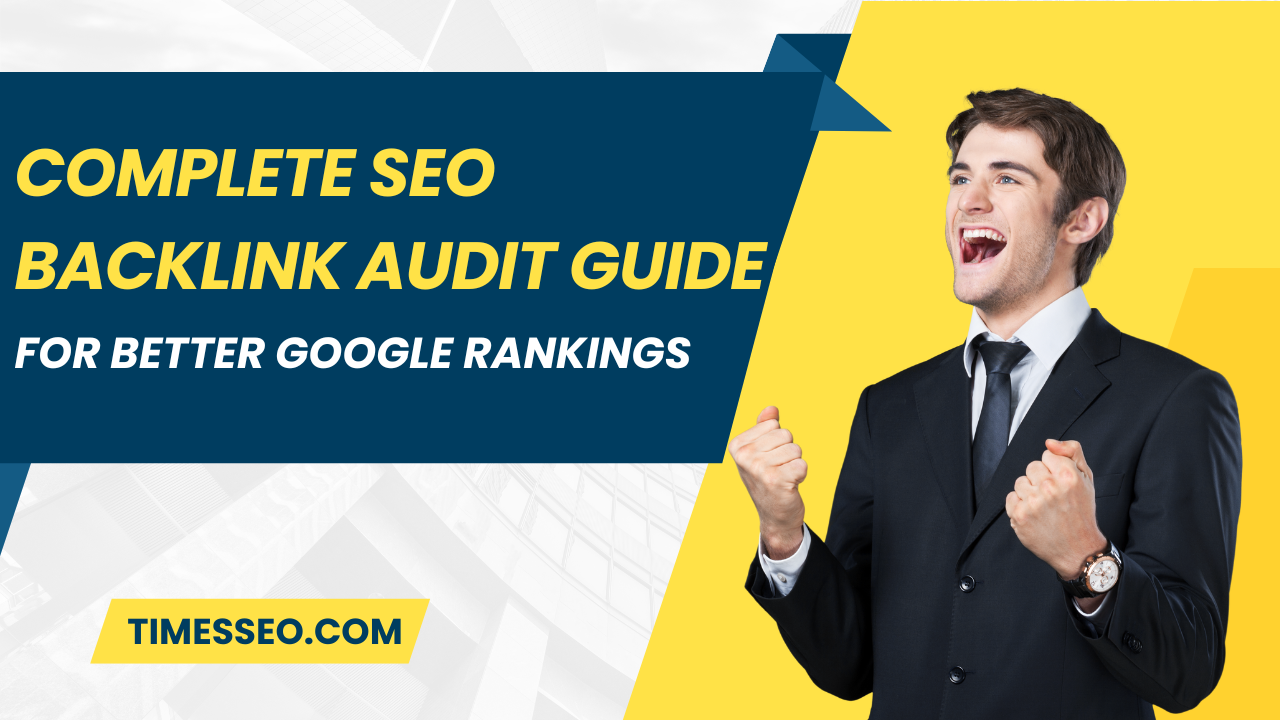
Why Your SEO Needs a Long-Tail Keyword Strategy
Discover why embracing a long-tail keyword strategy is essential for modern SEO success. This post breaks down how targeting longer, more specific keywords can boost your search rankings, drive highly targeted traffic, and increase conversions—all while lowering competition. Perfect for bloggers, businesses, and digital marketers aiming for smarter search visibility.
Table of Contents
Introduction
You need a wake-up call if you’re still focusing on short, generic keywords like “shoes” or “marketing.” Today’s digital marketing battlefield demands more precision—and that’s where long-tail keywords shine. They’re your ticket to higher traffic, better conversions, and smarter SEO strategies.
Understanding Long-Tail Keywords
Definition and Characteristics
When a visitor is at a point of sale or is using voice search, they are more likely to employ long-tail keywords, which are longer, more focused search terms. These phrases typically contain three or more words and target a narrow audience.
Example: Instead of “laptop,” think “best laptop for video editing under $1000.”
Examples of Long-Tail vs. Short-Tail Keywords
Short-Tail Keyword
Shoes
SEO
Yoga
Long-Tail Keyword
Best running shoes for flat feet
Affordable SEO services for small businesses
Online yoga classes for beginners with back pain
SEO in 2025 – A Changed Landscape
Google’s E-E-A-T and Search Intent
Google now ranks content based on Experience, Expertise, Authoritativeness, and Trustworthiness (E-E-A-T). Long-tail keywords help your content align closely with search intent, increasing relevance.
Voice Search and Conversational Queries
With smart assistants and mobile searches booming, long-tail keywords are essential. People talk to search engines like they talk to friends. Instead of “weather,” they ask, “Will it rain in Kolkata this weekend?”
Benefits of a Long-Tail Keyword Strategy
Lower Competition, Higher Conversion
Fewer websites are targeting long-tail keywords, so it’s easier to rank. Plus, users searching specific queries are usually ready to act—making your conversion rate skyrocket.
Better User Intent Matching
Long-tail queries reflect what users really want. Matching that intent increases trust, relevance, and time spent on your site.
Cost-Effective for Paid Ads Too
Long-tail keywords have lower CPCs (Cost Per Click), especially in Google Ads or Bing Ads. You get more targeted traffic for less money.
How Long-Tail Keywords Improve SEO Rankings
Niche Targeting = Better Ranking Opportunities
Use highly tailored content to dominate a narrower niche rather than competing with industry titans in a larger one. That’s how you win in organic search.
Enhanced Dwell Time and Reduced Bounce Rate
People who land on your page through long-tail queries often find exactly what they need. That means longer engagement and better behavioral signals to Google.
How to Find Long-Tail Keywords
Use Google Autocomplete and Related Searches
Start typing a topic in Google and watch the suggestions. Scroll to the bottom of the page for more long-tail inspiration.
Tools: Answer the Public, Ubersuggest, SEMrush
These tools dig deep into questions, comparisons, and modifiers people use. They’re goldmines for long-tail strategy.
Spy on Competitors’ Long-Tail Terms
Use tools like Ahrefs or SEMrush to uncover which long-tail keywords your competitors rank for—and target them better.
Creating Content Around Long-Tail Keywords
Blog Posts and FAQs
Structure your blog posts to answer long-tail search questions. Use them as H2 or H3 headings to attract organic traffic.
Product Descriptions and Category Pages
eCommerce sites often ignore long-tail gold. Add long-tail phrases to product names, descriptions, and category pages.
Topic Clusters and Pillar Pages
To produce supplementary material around a main topic (pillar), use long-tail keywords. It boosts your site’s structure and internal linking.
Integrating Long-Tail Keywords Strategically
On-Page SEO Best Practices
Naturally, include your long-tail keywords in the content, headings, meta description, and title.
Meta Tags, Headings, and Alt Text Optimization
Don’t forget to use long-tail keywords in your image alt tags, meta keywords, and URL slugs for maximum impact.
Common Mistakes to Avoid
Keyword Stuffing
Just because it’s long doesn’t mean you should cram it 20 times. Use it naturally and focus on user experience.
Ignoring User Intent
A mismatch between keyword and content kills trust. Make sure your page delivers what the keyword promises.
Focusing Only on Volume
Long-tail keywords often have lower search volume, but they make up 70%+ of all web searches. Don’t ignore them.
Long-Tail Keywords for Local SEO
“Near Me” Searches and Hyperlocal Terms
Use long-tail variations like “affordable hair salon near MG Road Bangalore” to dominate local search results.
Great for Small Businesses and Service Providers
If you’re a plumber, yoga trainer, or bakery owner—long-tail keywords can be your secret weapon to beat national brands.
Long-Tail Keywords for Voice Search Optimization
Natural Language Queries
Think like a person, not a robot. Use phrases like:
“What is the best gaming phone in India that costs less than 30,000?”
Featured Snippets and Position Zero
Answer questions clearly to grab featured snippets—those golden boxes at the top of search results.
Long-Tail Keywords in eCommerce
Targeting Buyer Intent
Use keywords like “best DSLR camera for beginners under 50k” to attract serious buyers, not just browsers.
Driving Traffic to Product Pages
Each product page can rank for a different long-tail term, increasing your visibility and ROI.
Real-World Success Stories
Case Study 1 – Local Bakery
A small-town bakery used long-tail keywords like “custom birthday cakes in Lucknow” and saw a 57% increase in orders within 3 months.
Case Study 2 – SaaS Startup
A SaaS tool targeting “best time tracking software for freelancers” saw 20x traffic growth using long-tail blog posts.
Measuring the Impact of Long-Tail Strategy
KPIs to Track: CTR, Conversion Rate, Dwell Time
Focus on meaningful metrics that indicate user satisfaction, not just traffic volume.
Using Google Search Console & Analytics
Set up filters to track which long-tail keywords are bringing engaged traffic and tweak your content accordingly.
Conclusion
Long-tail keywords are now necessary for contemporary SEO; they are no longer optional. They help you reach the right audience, lower ad spend, and drive more conversions. If you’re still ignoring them, you’re leaving money and traffic on the table. Start small. Think big. Target long.
Frequently Asked Questions
A good example is: “best vegan protein powder for weight loss.” It’s specific, targeted, and matches buyer intent.
Typically, 3–6 words, but even longer queries are common, especially in voice search.
Absolutely. They’re easier to rank for and bring in more relevant traffic.
Yes, especially if your blog answers specific questions that users are asking.
Definitely. They lower your CPC and attract visitors closer to making a decision.
Table of Contents
Popular Posts
-
 Affordable Technical SEO Audit for Small Business: A Complete Guide26 Jun 2025 Blog
Affordable Technical SEO Audit for Small Business: A Complete Guide26 Jun 2025 Blog -
 How to Get an Affordable Technical SEO Audit for Small Business27 Jun 2025 Blog
How to Get an Affordable Technical SEO Audit for Small Business27 Jun 2025 Blog -
 The Ultimate Local SEO Audit Checklist for Startups28 Jun 2025 Blog
The Ultimate Local SEO Audit Checklist for Startups28 Jun 2025 Blog -
 Local SEO Audit Checklist for Startups: A Beginner’s Guide28 Jun 2025 Blog
Local SEO Audit Checklist for Startups: A Beginner’s Guide28 Jun 2025 Blog -
 Top On-Page SEO Audit Steps for Service Websites Every Business Should Know29 Jun 2025 Blog
Top On-Page SEO Audit Steps for Service Websites Every Business Should Know29 Jun 2025 Blog -
 Technical SEO for WordPress: The Ultimate Beginner’s Guide01 Jul 2025 Blog
Technical SEO for WordPress: The Ultimate Beginner’s Guide01 Jul 2025 Blog -
 The Impact of On-Page SEO Audit Steps for Service Websites on UX01 Jul 2025 Blog
The Impact of On-Page SEO Audit Steps for Service Websites on UX01 Jul 2025 Blog -
 Technical Mobile SEO Audit Tips for Developers02 Jul 2025 Blog
Technical Mobile SEO Audit Tips for Developers02 Jul 2025 Blog -
 Complete SEO Backlink Audit Guide for Better Google Rankings03 Jul 2025 Blog
Complete SEO Backlink Audit Guide for Better Google Rankings03 Jul 2025 Blog -
 Boost Your Rankings with Technical SEO for WordPress01 Jul 2025 Blog
Boost Your Rankings with Technical SEO for WordPress01 Jul 2025 Blog






